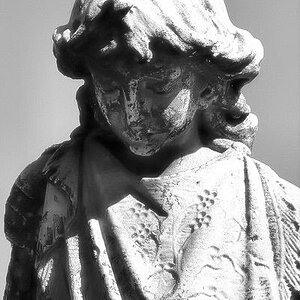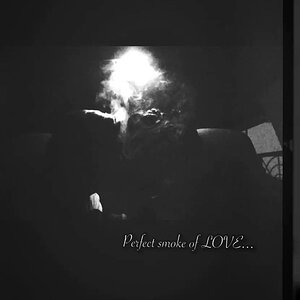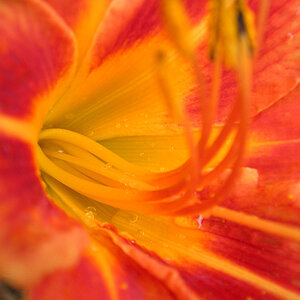TheLandscaper
TPF Noob!
- Joined
- Apr 12, 2020
- Messages
- 13
- Reaction score
- 18
- Can others edit my Photos
- Photos OK to edit
Yep, pretty good colors. I've noticed that some manufacturers set the limit just before the cross-effect occurs. For example Nisi 1.5-5 steps variable filter which my wife uses mainly for videos. In rapidly changing light conditions it might be a good option, furthermore it's also comfortable to take it anywhere with you instead of carrying several ND filters or even square filters (but i would honestly prefer carrying square filters ofc).Here is an example. Composition is poor ( no tripod so I wedged the camera into some roots ) but the color is OK. 30 seconds f 10 with variable ND at about 5 stops. At 6 stops there would be an X.


 Learn something new every day
Learn something new every day 

![[No title]](/data/xfmg/thumbnail/30/30866-bdfc426e8ee7e6ad63f6d751c5f288f0.jpg?1619734485)
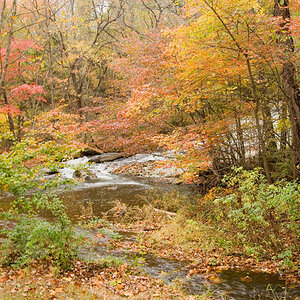

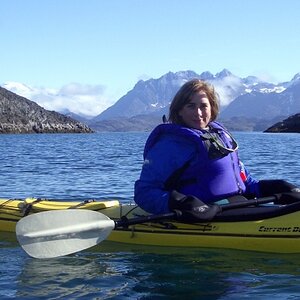

![[No title]](/data/xfmg/thumbnail/37/37626-4a6ffc3f17ab3a8e97170fda3276640e.jpg?1619738154)
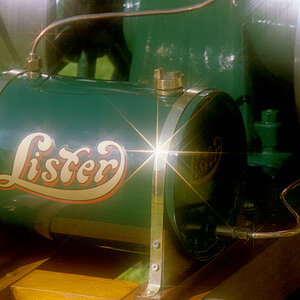
![[No title]](/data/xfmg/thumbnail/39/39446-903cfeac143cee6330a51546ecfdda92.jpg?1619739035)

